Preseason conditioning is crucial for soccer players aiming to enhance their athletic ability and prepare for the demanding season ahead. By focusing on key components such as strength, speed, endurance, and agility, athletes can significantly improve their performance on the field.
Key Takeaways
- Optimize performance with balanced training: This guide combines strength, flexibility, and endurance exercises to prepare soccer players for the physical demands of the season.
- Fuel your body right: Proper nutrition is essential for maximizing energy, recovery, and muscle growth during preseason conditioning, setting the foundation for peak performance.
- Recovery is key to long-term success: Incorporating active recovery and rest days into your training routine helps prevent burnout and reduces the risk of injury, keeping you strong throughout the season.
Incorporating tools like the Multi Slider, Nordbench, and Zero Sled can elevate your training sessions, helping prevent injury and build a strong foundation. Whether you're a player, coach, or fitness enthusiast, this guide is designed to empower you with the knowledge and resources needed for a successful preseason. Dive in to discover how to create a robust conditioning program that meets your specific needs and prepares you for competitive play.

Importance of Preseason Conditioning
Preventing Injuries and Enhancing Performance
Preseason conditioning is vital for preventing injuries and boosting performance. Starting early allows athletes to gradually build their fitness level, which helps prevent injury by reducing the risk of overuse or sudden strains.
By focusing on strength, speed, endurance, and agility, players can prepare their bodies for the season's demands. Integrating exercises like flexibility drills can improve core strength and flexibility, which are key components in injury prevention.
Moreover, preseason workouts establish a solid foundation, ensuring athletes are in peak shape before competitions begin. This preparation enhances performance on the field and increases the athlete's confidence.
The coaching staff is crucial in monitoring progress and adjusting the conditioning program. Overall, a comprehensive preseason routine is essential for athletes to achieve their best performance while minimizing the risk of injuries throughout the season.

Early Conditioning Benefits
Starting preseason conditioning early offers numerous benefits for soccer players. It allows athletes to progressively enhance their fitness level, which is crucial for meeting the physical demands of the sport.
Players can focus on gradual improvements rather than abrupt changes by beginning conditioning weeks before the season starts. This approach helps prevent injury by allowing the body to adapt steadily to the increased intensity and workload.
Early conditioning also provides extra time to focus on specific needs, such as improving body weight exercises or refining technique in speed and agility drills. In addition, early preparation aids in developing critical skills and endurance necessary for the sport, ensuring that athletes enter the season in optimal condition.
Coaches can use this time to introduce sport-specific exercises and techniques, ensuring the team is well-prepared and cohesive. The early start sets the foundation for a successful and injury-free season.

Using Multi Slider for Flexibility
The Multi Slider is an effective tool for enhancing flexibility during preseason conditioning. Flexibility is crucial in preventing injuries and improving overall athletic performance.
The Multi Slider helps athletes perform dynamic stretching exercises that target core muscle groups and improve range of motion. This versatile equipment also allows players to engage in exercises that simulate game movements, enhancing functional flexibility.
For example, incorporating sliding lunges and plank variations with the Multi Slider can boost core strength and stability while promoting flexibility. These exercises prepare the body for the physical demands of soccer and help develop balance and coordination.
Moreover, the Multi Slider's design allows for low-impact exercises, making it an excellent choice for active recovery sessions. These training sessions enable athletes to maintain peak flexibility, crucial for executing explosive movements during play. Ultimately, this tool supports a comprehensive approach to conditioning, safeguarding against injuries.
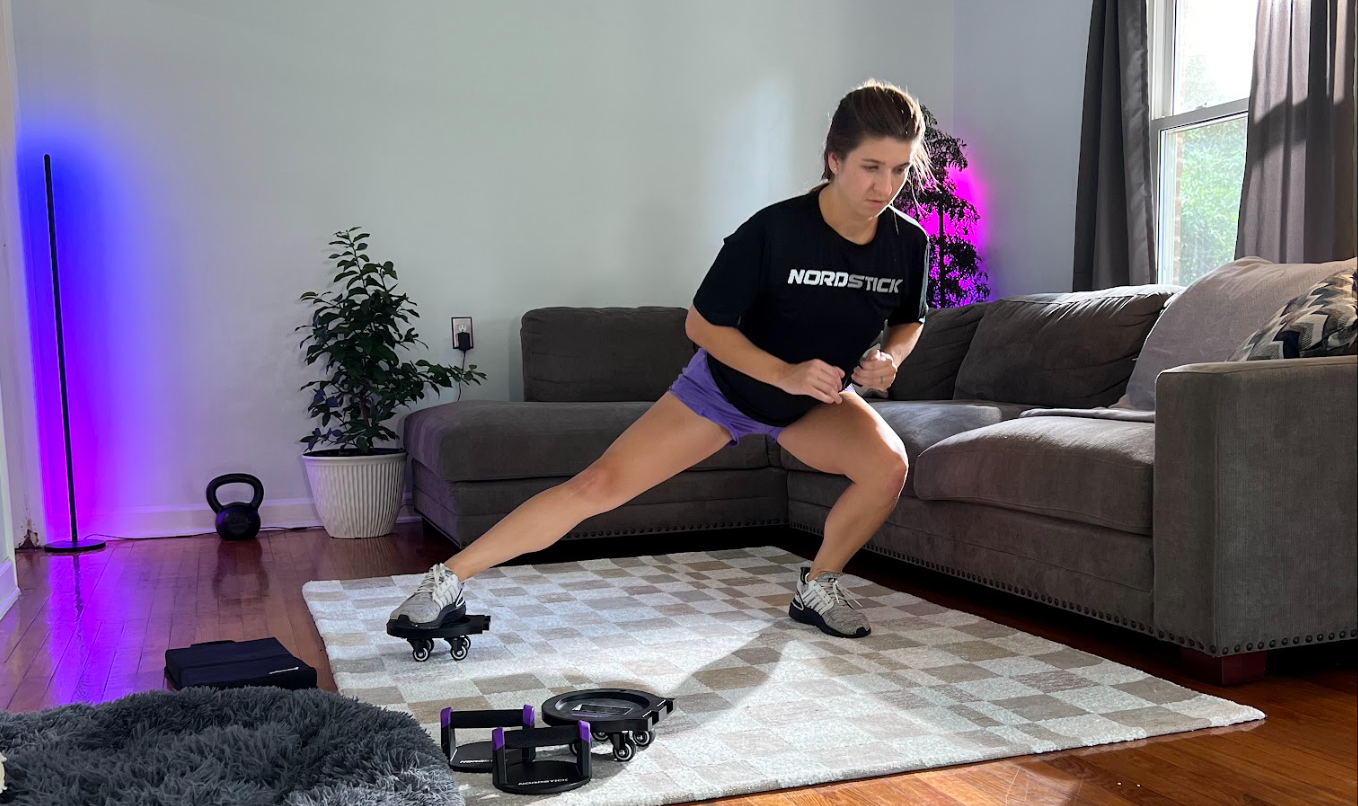
Preseason Conditioning Program Breakdown
Week 1 and 2: Foundation and Mobility
The first two weeks of a preseason conditioning program focus on building a solid foundation and enhancing mobility. These initial weeks are crucial for preparing the body for more intense workloads. During this period, athletes should engage in general fitness exercises that emphasize body weight movements and core stability.
These exercises are essential in establishing a baseline fitness level and improving overall body function. Using the Multi Slider, players can perform core stability exercises that enhance balance and core strength, setting the stage for more complex movements. Additionally, mobility exercises should be incorporated to improve flexibility and joint range of motion.
This approach helps prevent injury by ensuring that the body can move efficiently and effectively. During these weeks, the goal is to develop a routine that addresses specific needs, such as improving posture and coordination. By focusing on these foundational elements, athletes lay the groundwork for successful strength and power development in subsequent weeks.

Week 3 and 4: Strength and Power Development
Weeks three and four of a preseason conditioning program are dedicated to developing strength and power. This phase is designed to build muscle mass and explosive power, critical for peak athletic performance.
Incorporating strength training exercises using tools like the Nordbench can significantly enhance lower body strength. Exercises such as squats, lunges, and step-ups are effective ways to target major muscle groups including the quadriceps, hamstrings, and glutes.
The Nordbench's versatility allows athletes to perform a wide range of exercises without needing multiple pieces of equipment. As strength increases, athletes can focus on power drills to improve speed and agility.
Ensuring proper form and technique during exercises is crucial to maximize effectiveness and minimize injury risk.
The aim during these weeks is to significantly increase strength and power, preparing athletes for the more dynamic demands of speed and agility training. With consistent effort, these exercises lay a strong foundation for the upcoming phases.
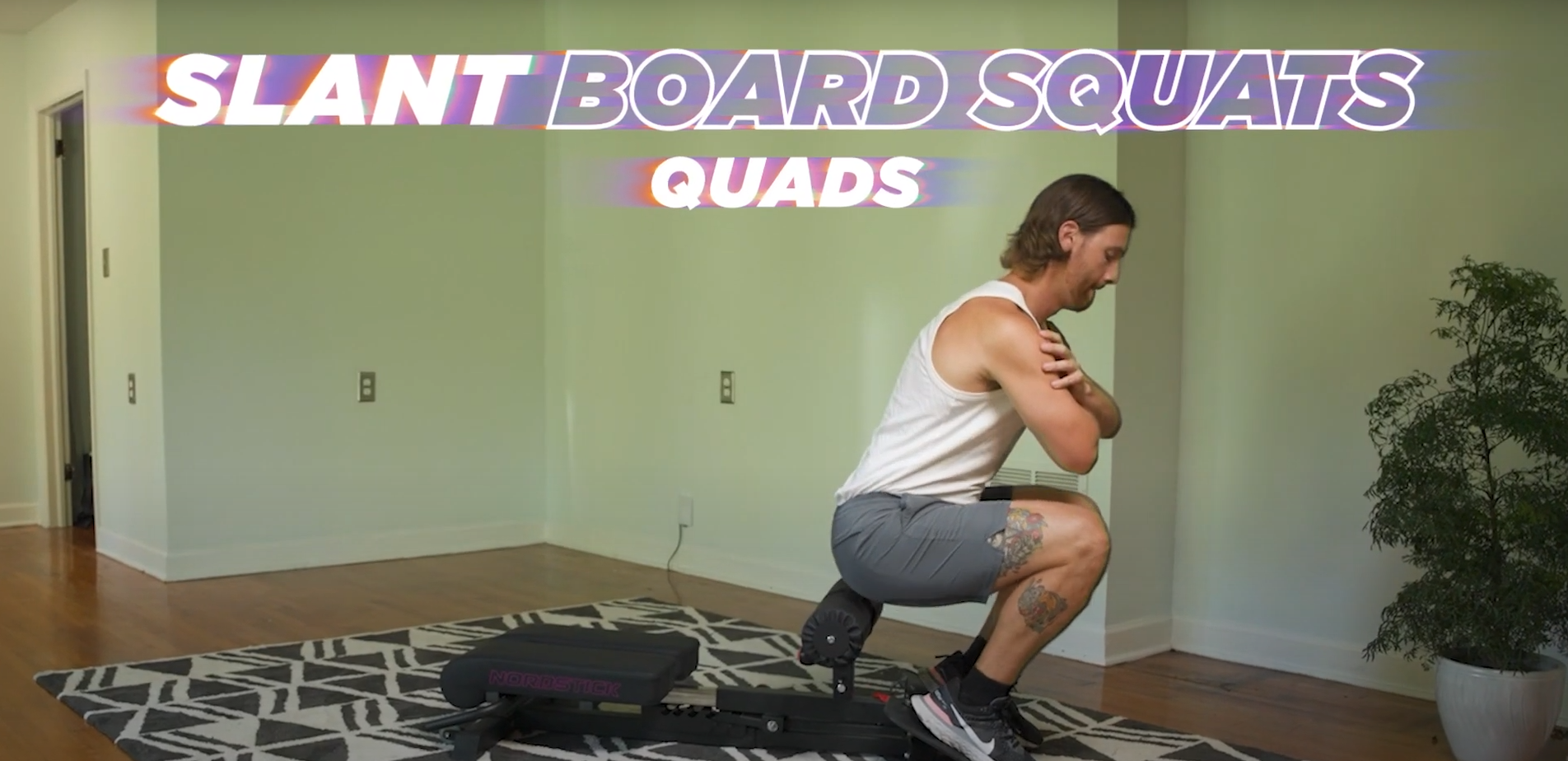
Week 5 to 8: Speed, Agility, and Endurance Focus
Weeks five through eight in a preseason conditioning program emphasize speed, agility, and endurance. These components are critical for performing at a high level throughout a soccer match.
During this period, exercises should focus on improving acceleration, quick changes of direction, and sustained running capacity. Utilizing the Zero Sled can aid in developing explosive speed through sprint training.

The sled provides resistance that enhances muscle power and sprint technique. Agility drills, such as cone drills and ladder exercises, are essential for refining footwork and coordination.
These drills help athletes respond swiftly and effectively to game scenarios. Endurance training, incorporating high-intensity interval training (HIIT), is key to boosting cardiovascular fitness and stamina.
Combining these elements prepares athletes for the continuous and varied demands of soccer. By focusing on these areas, players can expect to see improvements in overall performance, allowing them to maintain a competitive edge throughout the season.

Nutrition and Recovery Strategies
Supporting Intense Training with Nutrition
Proper nutrition is essential to support the demands of intense preseason training. Athletes must consume a balanced diet that provides adequate energy and nutrients to fuel workouts and promote recovery.
Key nutritional components include carbohydrates for energy, proteins for muscle repair, and healthy fats for sustained energy.
Carbohydrates should be the primary energy source, particularly before and after training sessions, to replenish glycogen stores. Protein intake is crucial for repairing and building muscles, with lean sources such as chicken, fish, and plant-based options being ideal.
Additionally, maintaining proper hydration is vital for optimal performance and preventing fatigue. Athletes should aim to drink water throughout the day and consume electrolyte-rich fluids to replace salts lost during workouts.
Incorporating these dietary strategies ensures that athletes are well-nourished to handle the physical rigors of training, ultimately enhancing performance and reducing the risk of injury throughout the season.

Recovery Essentials: Sleep and Rest Days
Recovery is a vital component of any effective conditioning program, and it hinges significantly on sleep and rest days. Quality sleep is essential for muscle recovery, cognitive function, and overall health. Athletes should aim for 7-9 hours of sleep each night to allow the body to repair and strengthen.
During sleep, the body releases growth hormones that facilitate muscle repair and growth, making it indispensable for peak athletic performance. Rest days, on the other hand, are crucial for preventing overtraining and reducing the risk of injury.
Scheduling regular rest days allows muscles to recover, reducing fatigue and enhancing performance in subsequent training sessions. Active recovery can also be beneficial, involving low-impact activities such as walking or yoga to promote blood flow without straining the body.
By prioritizing sleep and rest days, athletes can maintain a high fitness level, ensuring they remain injury-free and ready to perform at their best throughout the season.
Low-Impact Recovery
Incorporating low-impact recovery sessions into your training regimen is essential for maintaining flexibility and mobility, and the Multi Slider is an excellent tool for this purpose.
Its design allows athletes to perform a variety of gentle exercises that promote muscle recovery without undue stress on the body. Using the Multi Slider for exercises like sliding lunges or controlled core movements can help maintain joint health and improve range of motion.
These activities enhance blood circulation, which aids in delivering essential nutrients to muscles and accelerates the recovery process. The Multi Slider's versatility also makes it suitable for active recovery sessions, enabling athletes to engage in functional movements that complement their conditioning program.
By integrating low-impact exercises with the Multi Slider, athletes can effectively manage fatigue and prepare their bodies for the next phase of training, ultimately supporting sustained performance and reducing the risk of injury throughout the season.



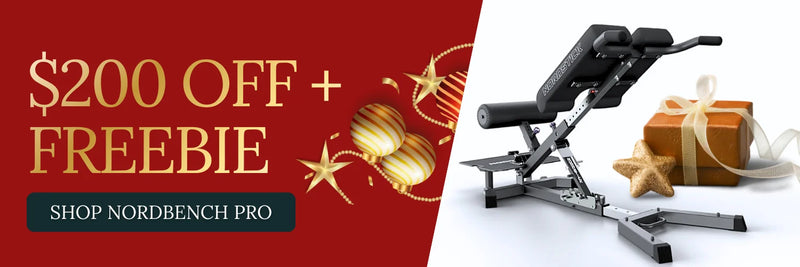

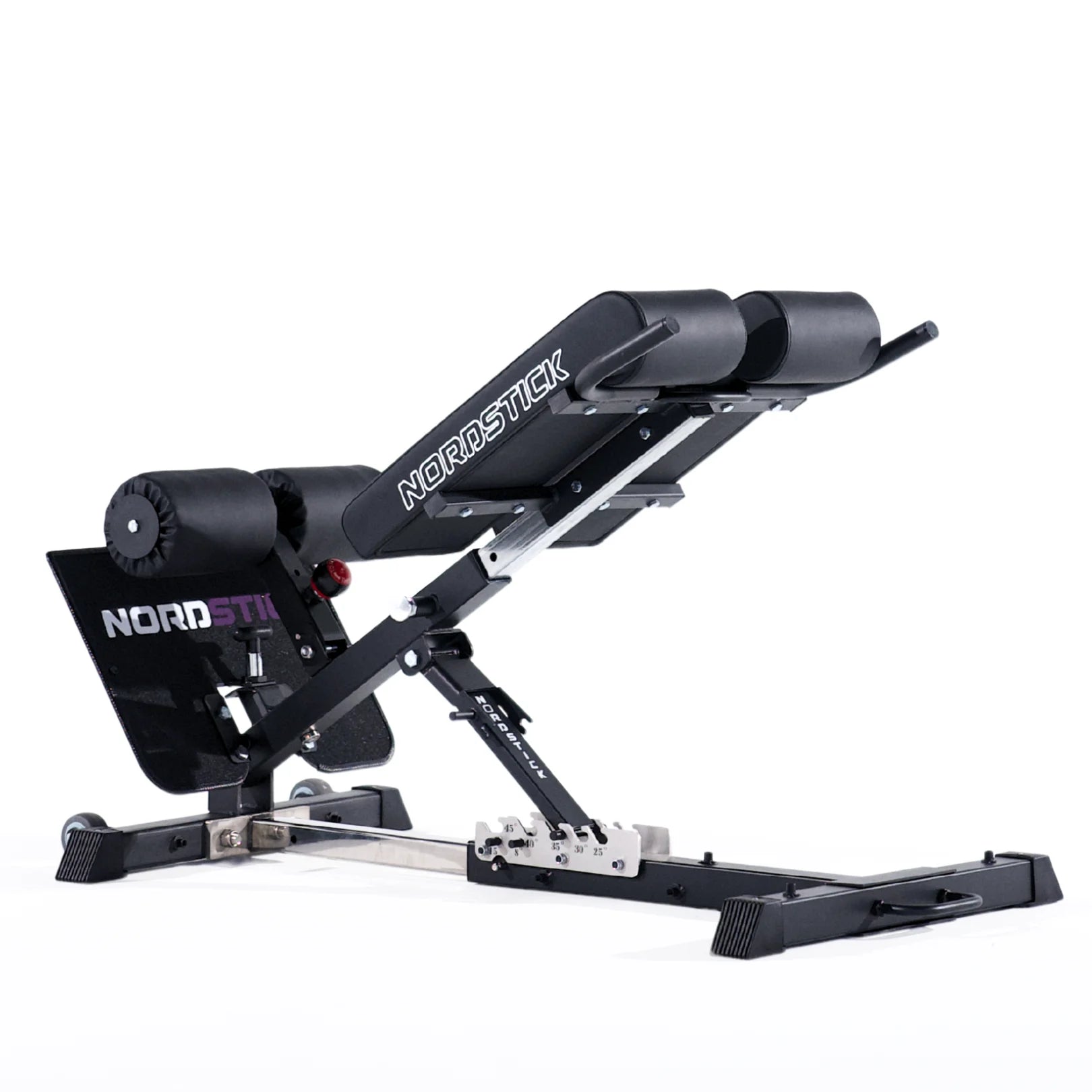






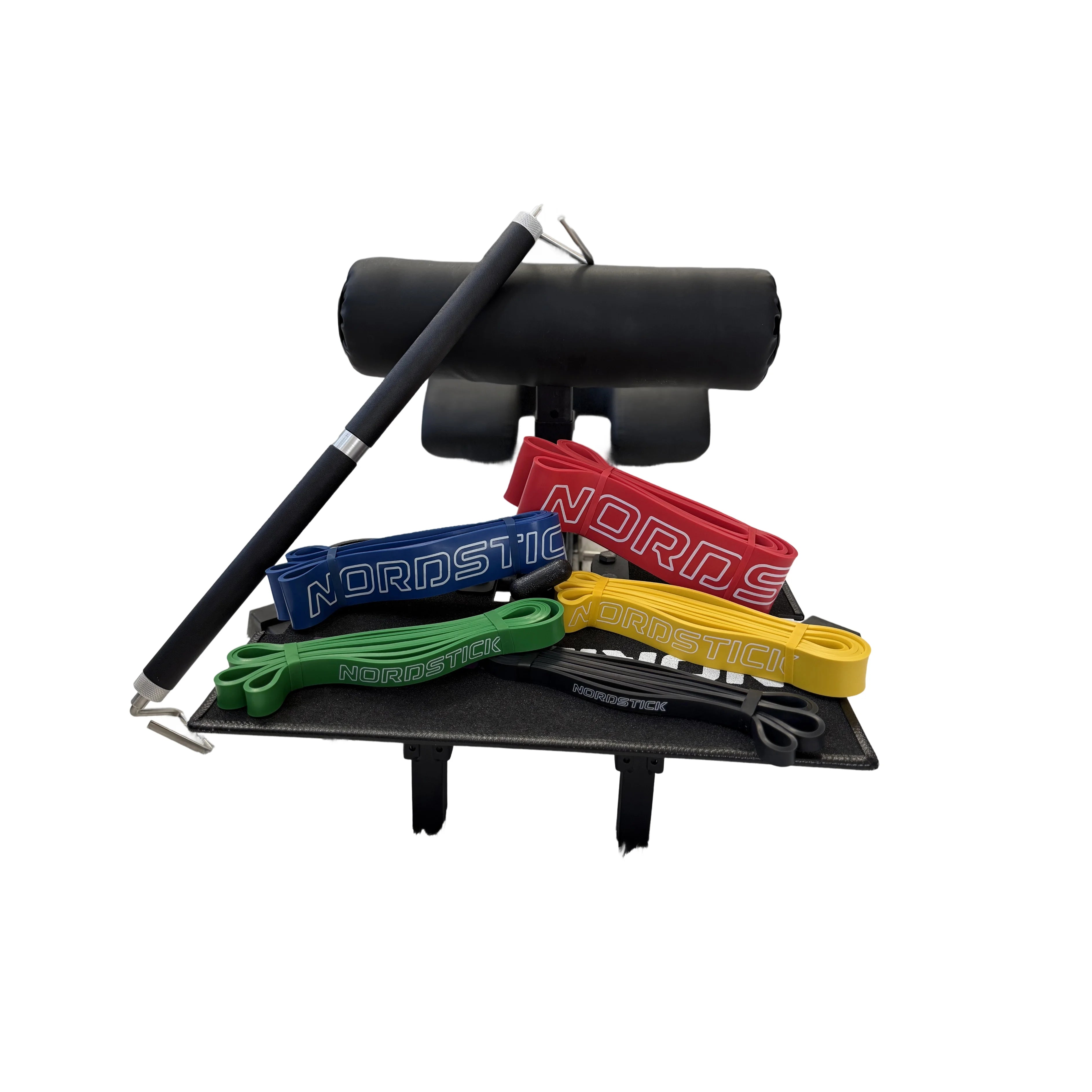
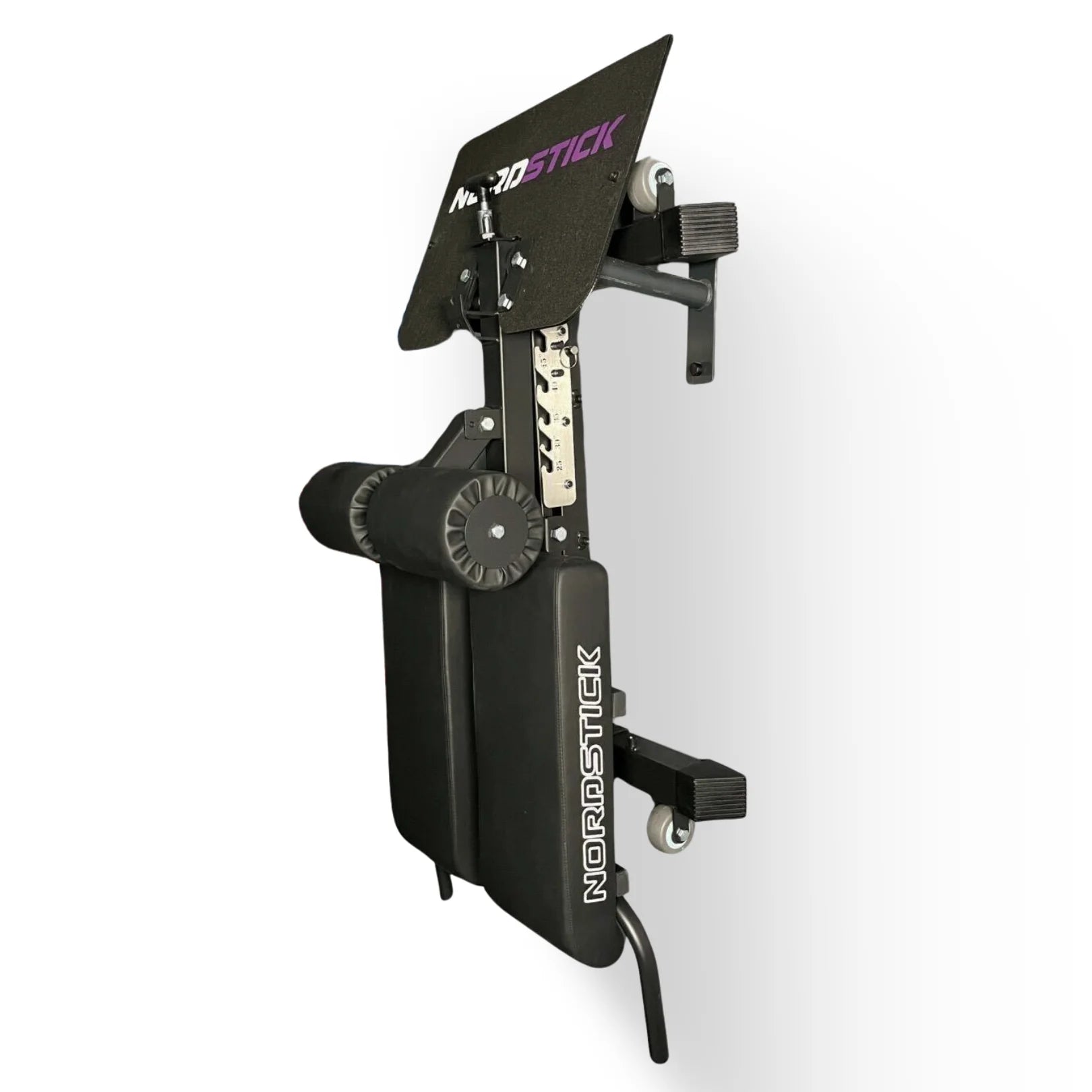
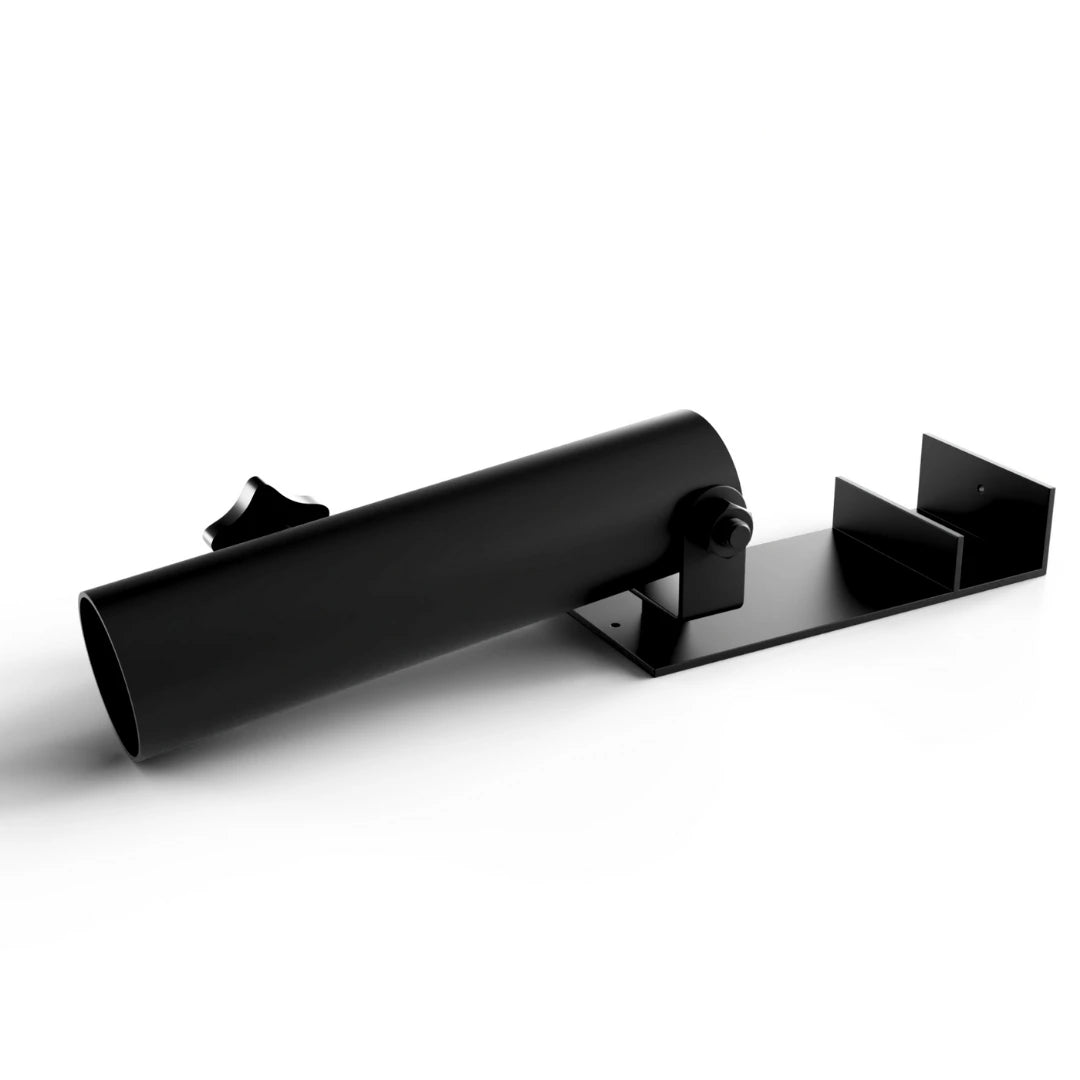

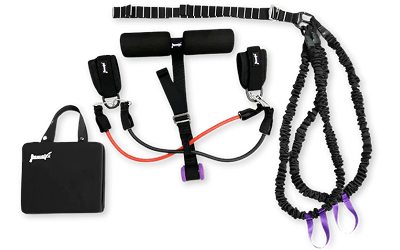
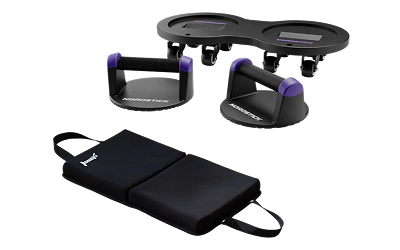
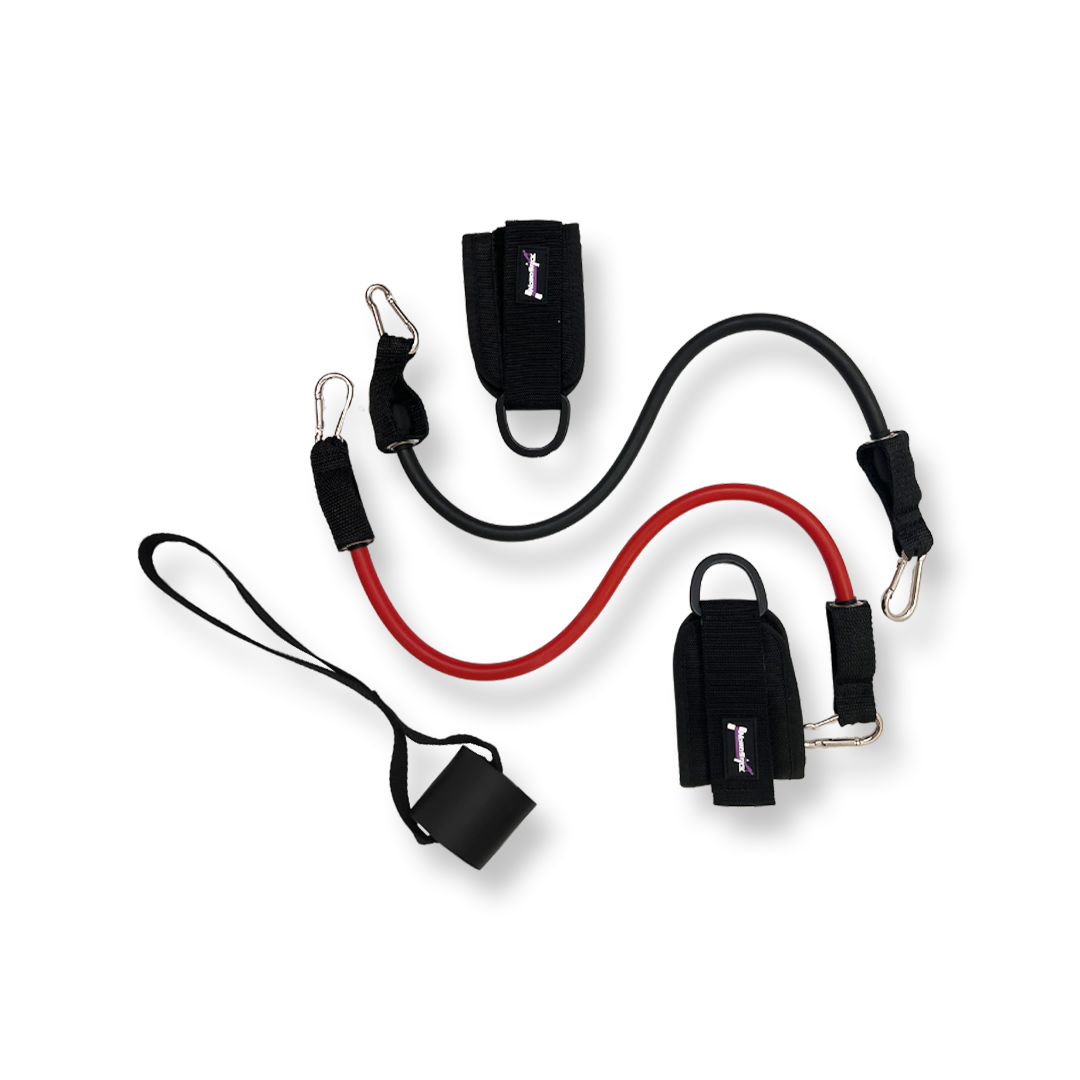
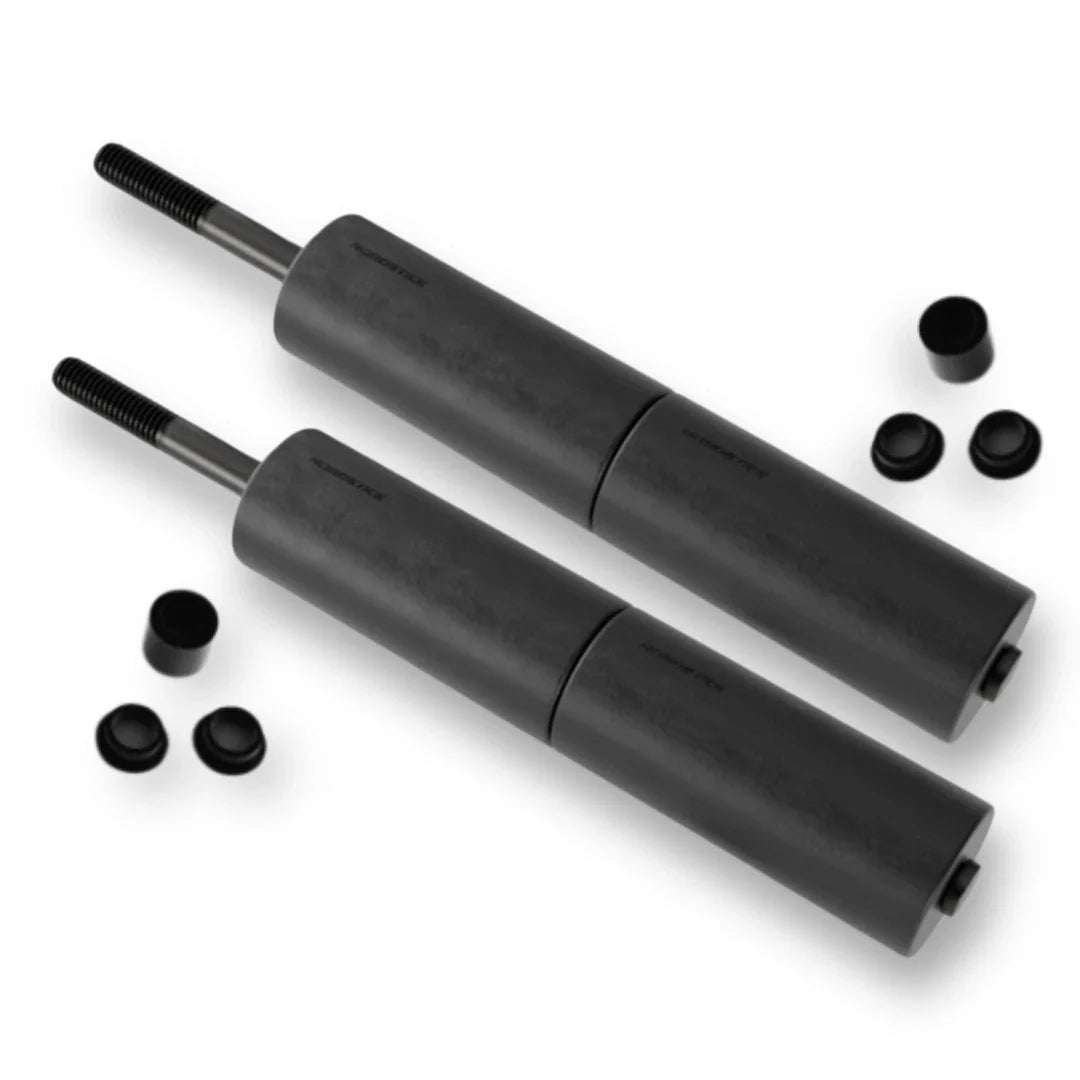
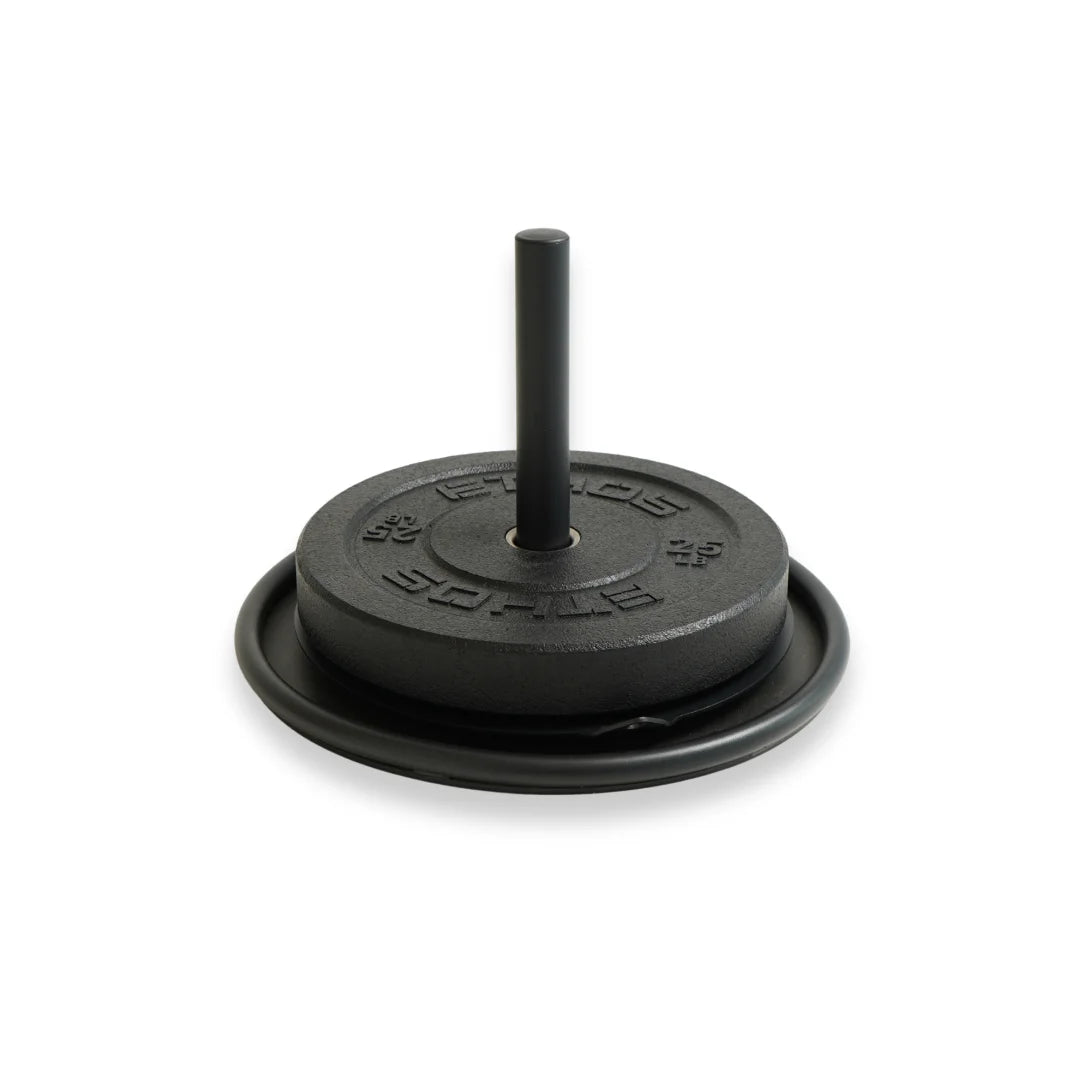
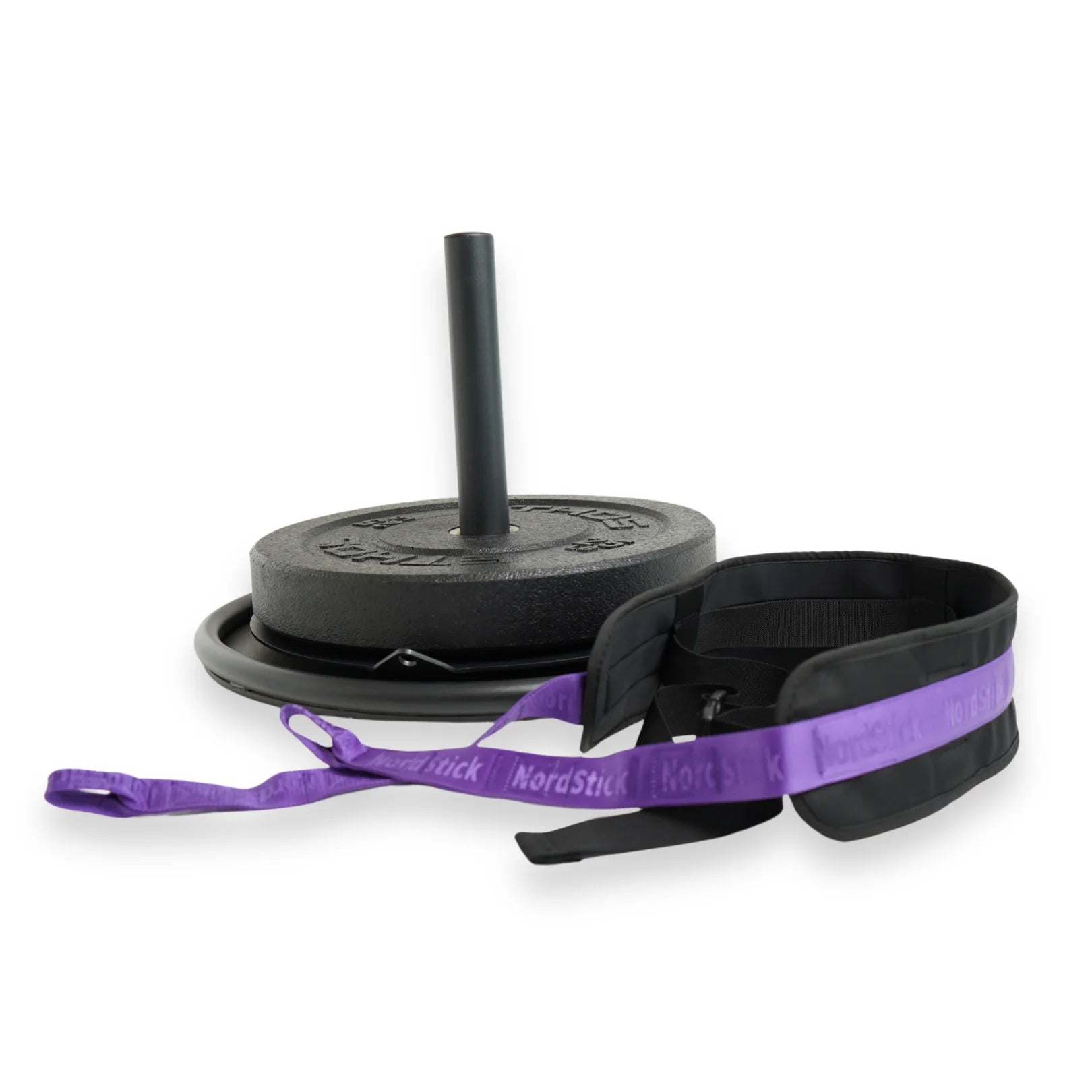
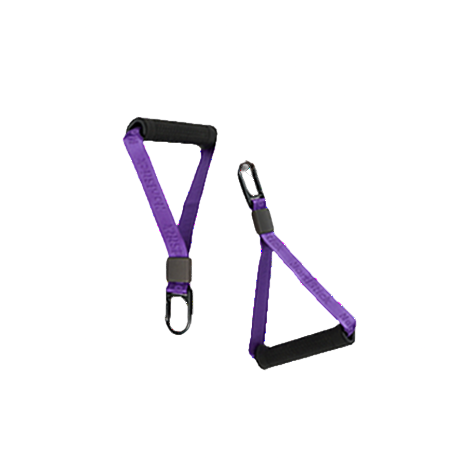
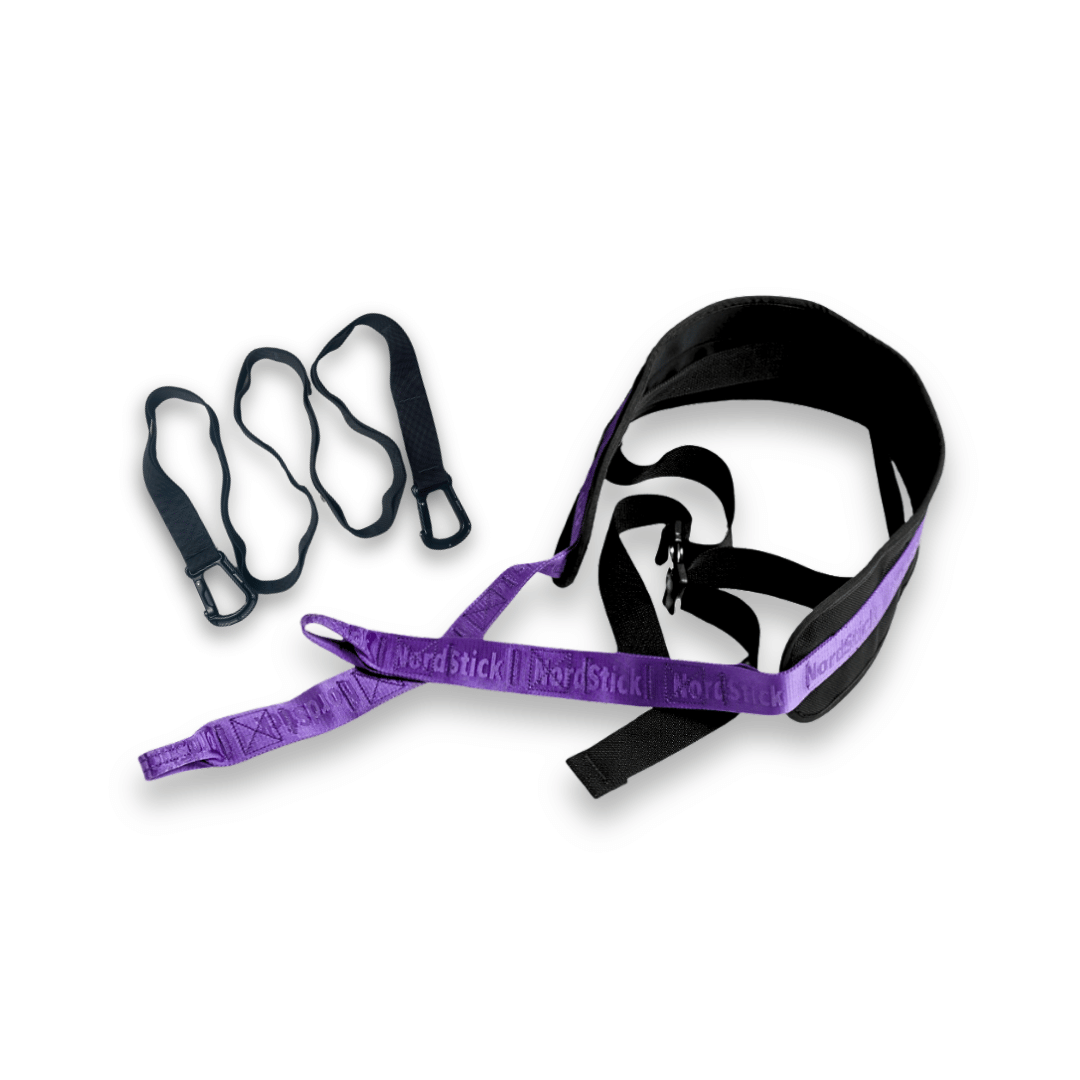
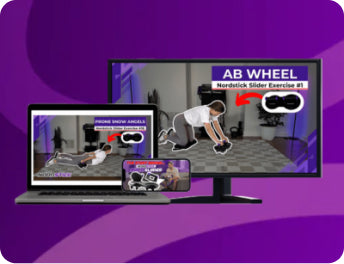






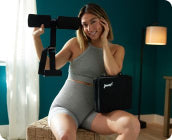


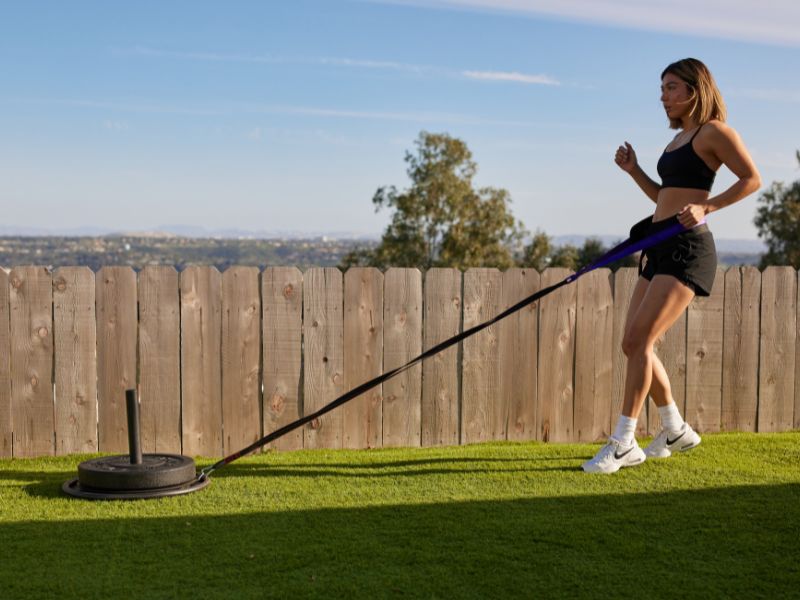

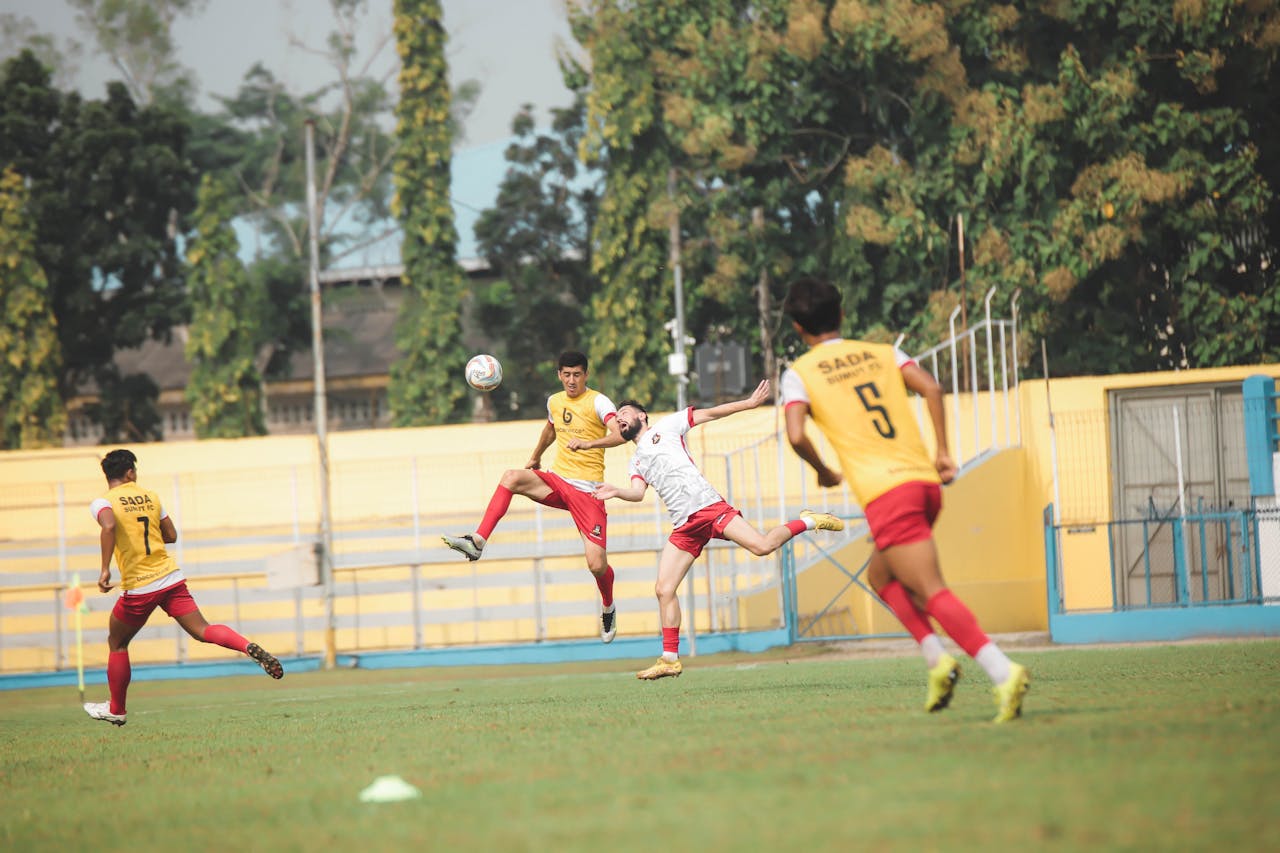
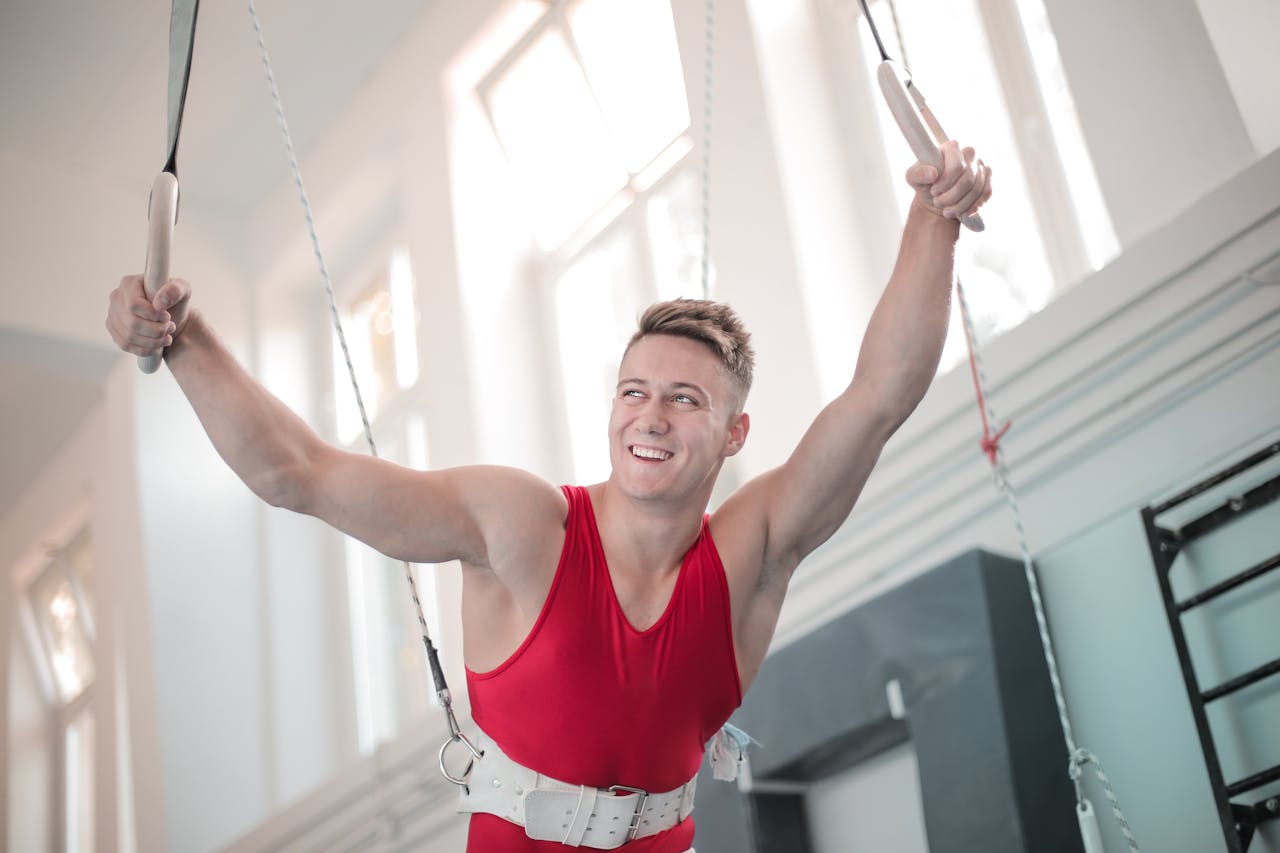
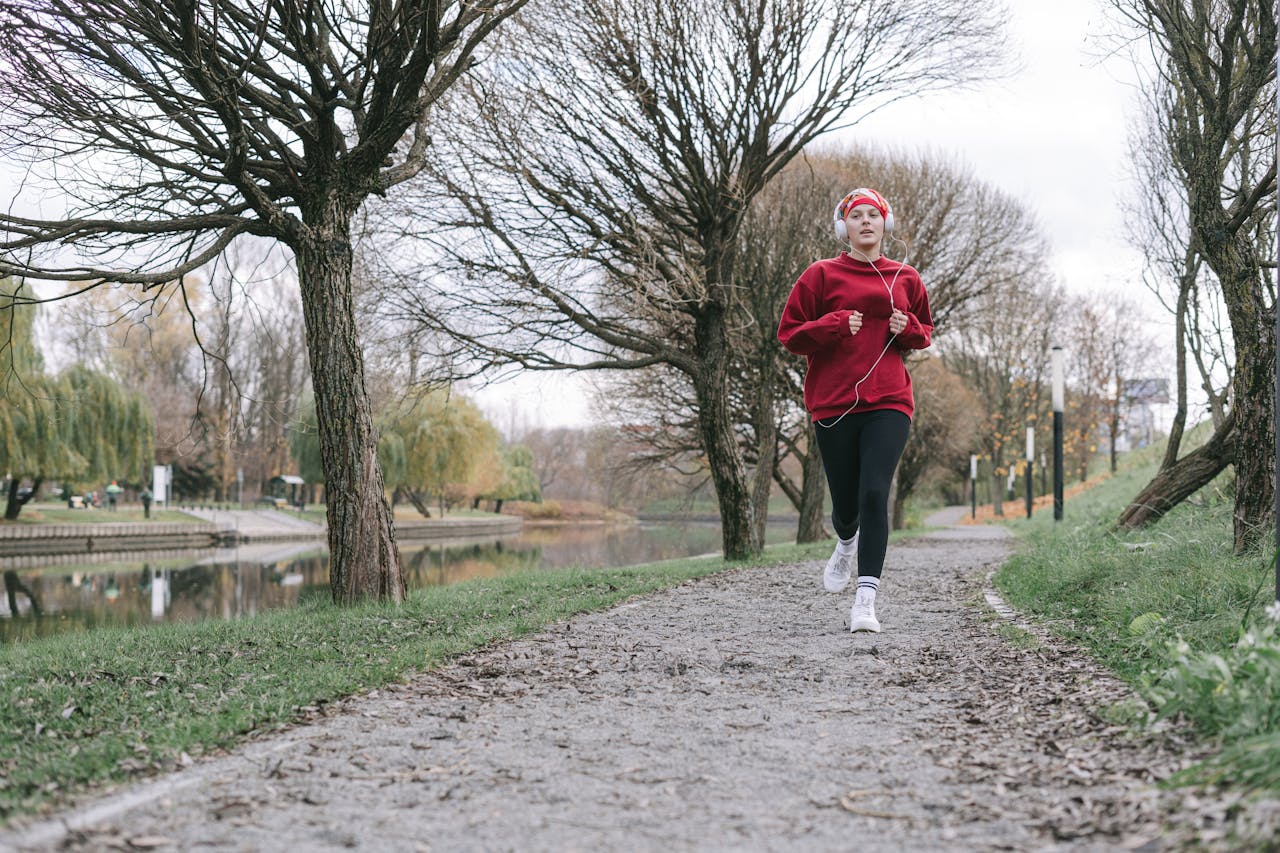



Leave a comment
This site is protected by hCaptcha and the hCaptcha Privacy Policy and Terms of Service apply.